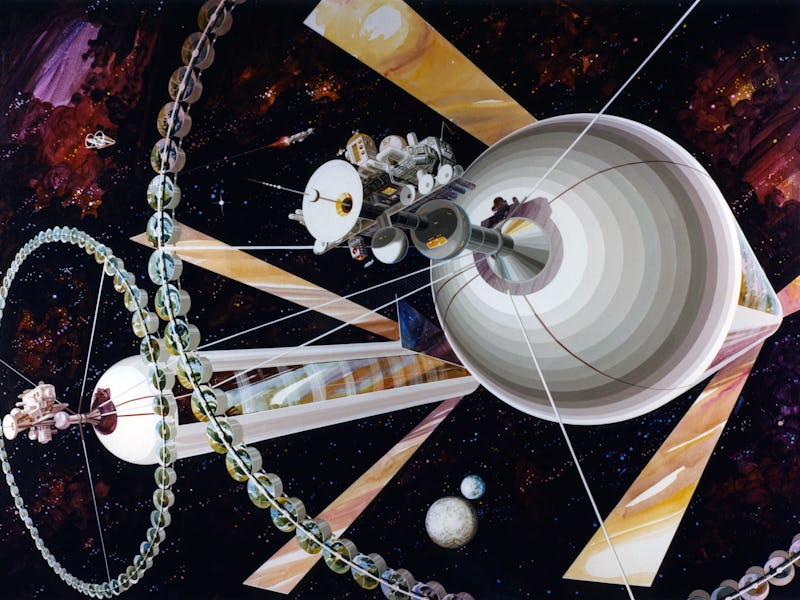NASA Wants Designs for Longterm, Deep-Space Living on Mars
And it wants them in two months.

NASA announced today it was putting a call out for design proposals regarding prototype deep-space habitats that would house astronauts during a long-duration space mission that lasts several months or even years. Most immediately, the designs would fit into the agency’s plans to send astronauts to Mars by 2040.
Although that deadline is a long way off, NASA has experienced no shortage of criticism directed at its plans to achieve this milestone. Much of it is overblown and simply the result of poor communication with the public, but some of it is well-deserved.
The new announcement gives companies who want to submit designs just two months to draft something and submit it to NASA. But it’s a response to Congress’ insane directive last December that NASA build and launch a deep space habitat by 2018 — and to have those plans ready to present by mid-2016.
I previously predicted NASA was unlikely to meet the mid-2016 deadline. The new call for proposals makes me think I should double down on that prophecy.
Still, the agency is putting on a positive face: “NASA is increasingly embracing public-private partnerships to expand capabilities, and opportunities in space,” said Jason Crusan, director of NASA’s Advanced Exploration Systems division, in a news release. “Our NextSTEP partners commit their own corporate resources toward the development — making them a true partner in the spaceflight economy.”
NASA’s announcement for space habitat designs falls under its Next Space Technologies for Exploration Partnerships-2, or NextSTEP-2, and builds upon its October 2014 predecessor work in soliciting private-industry concepts to advance space exploration technologies to do more with less.
Currently, NASA is working on constructing and testing the new Orion spacecraft and the Space Launch System, the successor pieces to the Space Shuttle program which will allow us to start sending astronauts to places beyond low-Earth orbit once again.
The agency is also working on better understanding what long-term duration in space does to the human body — both physically and mentally. That was the main purpose behind Scott Kelly’s “Year in Space” mission, and the ongoing HI-SEAS experiments in Hawaii.
The deadline for the NextSTEP-2 proposals is June 15. We’ll find out then whether NASA has something it can launch by 2018, or if it needs to go back to the drawing board.